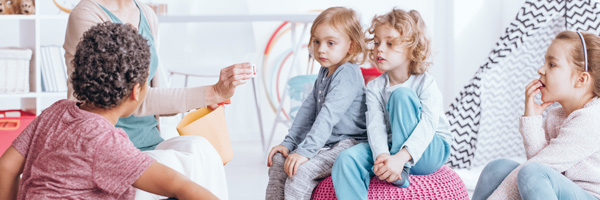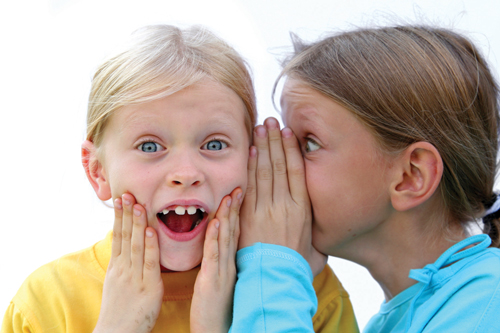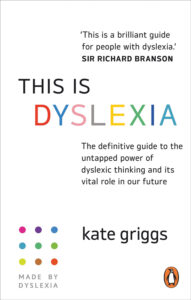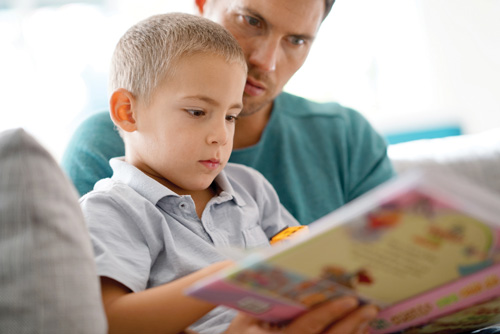
by Jasmine Holbrook
Imogen Ruby
Playing underpins all aspects of a child’s development and keeps infants active and happy. Through play, children develop their language, emotional, social and motor skills, as well as their creativity, problem solving abilities and imagination. Alongside the benefits for your little one, playing together with your child can strengthen your bond and allow you to join their world. Play develops through a series of commonly observed stages and by altering your play style and the toys offered throughout these stages, you can continue to support and encourage this development.
Play can begin right from birth. Those early movements of a baby’s arms and legs that seemingly have no purpose are actually helping them to learn to move and you can join in by gently encouraging movement. This could be through baby massage, swimming or laying your baby on your chest, tummy to tummy, a great opportunity for eye contact and kisses.
Babies love interaction with another human face, allowing your little one to study your facial expressions. Talking and singing can make this fun for both of you. Tummy time will strengthen their arms and necks and help prepare them for crawling. Using high contrast flash cards and toys, as well as baby safe mirrors, will continue to develop these skills, as well as their visual and brain development and encourage them to continue learning about the world around them.
As a baby begins to move and explore their world further, they are able to engage with toys in a different way and will start to play alone, showing not much interest in other children’s play but developing an increasing focus on what they themselves are doing. Warm interactions from the adults around them, playing alongside whilst still allowing space to enjoy some independence will enhance their understanding and enjoyment. Board books, rattles and sensory toys such as ribbon rings and musical shakers are all great choices for this stage of development.
Commonly, around two years of age children become more curious about what other children are doing, observing without joining in. As your child begins to observe other children playing, you may feel that you want to encourage them to join in but there is no need. This stage is important for children to learn about social cues and to understand the behaviour and rules within social play. Their vocabulary continues to develop rapidly, with discussions about what they are seeing.
Children at this stage will benefit from opportunities to be around other children, but will very much enjoy activities with you such as singing, story telling, early role-play toys and of course, outdoor and indoor physical play.
Social skills continue to develop as children begin to learn to share toys and copy activities, whilst still playing alongside each other without much involvement. Age appropriate toys that can easily be shared and interacted with are important, for example wooden animals, vehicles, chunky puzzles and building blocks.
Children will become more interested in playing with others, in talking and engaging and this develops their problem solving skills as well as their co-operation as they begin to navigate a shared space. During this stage, play is not very organised or focused but they are learning teamwork and communication skills as well as beginning to recognise other children’s boundaries. The best way to encourage this type of play is by creating shared spaces with similar toys, such as several dolls in a shared dolls house, a variety of vehicles on a play road map, or a mixture of animals or dinosaurs within a woodland themed playzone.
Co-operative play is the last stage of play and is vital for social and group interaction. This usually begins around the age of four and continues throughout childhood, bringing together all the skills already learned. This is where imaginative play becomes a key focus of a child’s play as they take on different roles within their imagination. You can encourage and enhance this stage of play in so many ways; for example, playing shops with a shopkeeper and a customer, playing kitchens and tea parties, directing ‘traffic’ in the garden, dressing up, the possibilities are endless.
Playing with your little one can create deeper connections and stronger emotional bonds as well as foster trust and open communication between you. It provides valuable insight into your child’s development and interests, and allows you to better understand their world. Through shared play, you can create treasured moments, enhance your own stress relief and boost your overall wellbeing – there are benefits of play for all of us!
Imogen Ruby has sustainability at its heart; through our organic clothing choices, environmentally conscious toys and passion for reusable cloth nappies. www.imogenruby.co.uk









 It is important to note that schools can award scholarships with bursaries; providing the prestige of a scholarship, with the financial support of a bursary.
It is important to note that schools can award scholarships with bursaries; providing the prestige of a scholarship, with the financial support of a bursary.
 he Best Worst Day Ever
he Best Worst Day Ever










